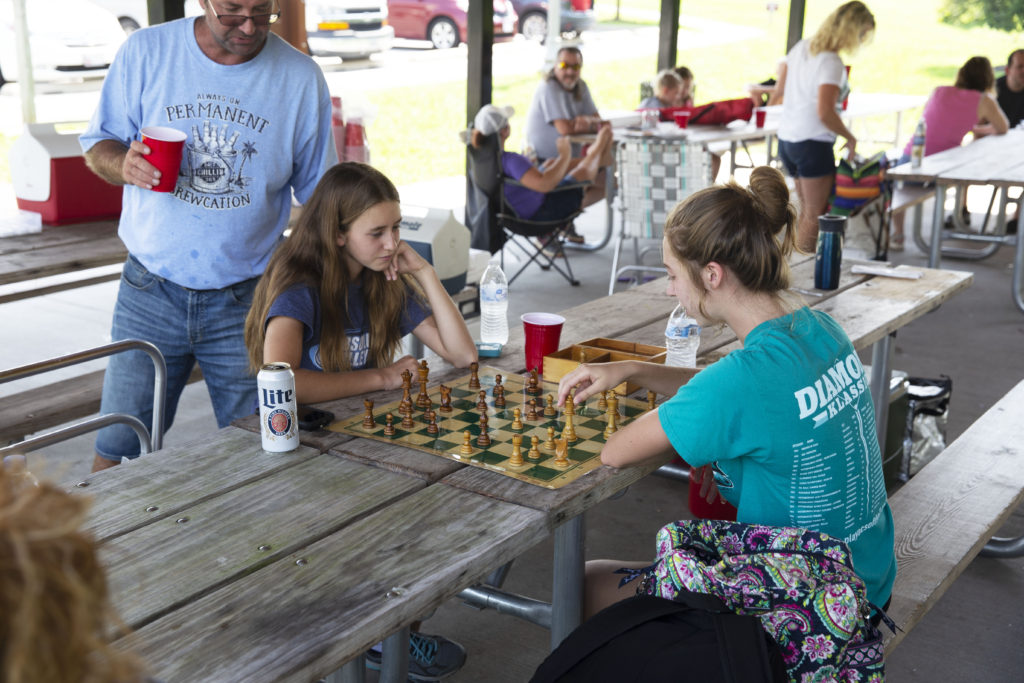This is the fourth post in a year-long series chronicling the process from engagement to wedding. We will share tips, ideas, and real-world experiences that may help you through your own planning process.
This year has landed us in a situation that was previously unthinkable. Most of us have never even thought about a pandemic of this scale. There’s a lot of uncertainty and it’s difficult to know how to respond.
If planning a wedding is stressful, planning a wedding during a global health crisis is a full-blown panic attack. You may be unemployed, or watching your investments plummet in value, or have a loved one who is high risk or sick. Given the new issues you are facing, wedding planning may seem like a luxury, or it might continually fall to the bottom of your to-do list, which is entirely understandable.
If you are planning, or have rescheduled, your wedding for next year, or if your event is still scheduled to happen during 2020, there are some ways you could adjust for the situation.
Smaller Guest List
Many couples are choosing to pivot by holding a smaller wedding with just family and/or close friends. While this past spring, gatherings of any size needed to be cancelled or rescheduled, it is now possible to have a small to moderate size wedding, with some adjustments. Regulations on gatherings vary depending on where you live, so, for the sake of illustrating a scenario, let’s say your event has to be capped at 100 people. If you were planning to hold an event with more than 100 guests and rescheduling isn’t an option you want to consider, you face some hard choices.
If you’ve already sent invitations, you have to uninvite some people. My best tip for this is to go through your guest list. Identify those people that absolutely must be at your wedding because you would be devastated if they weren’t there to share the day with you. Those are the folks you absolutely would want to keep.
Mark anyone who could potentially be negatively affected by being exposed to large groups at this time, such as elderly family, immunocompromised individuals, or those working in front-line jobs. These folks may feel more comfortable not attending in person, or simply may not be able to attend due to the health risks involved. Having an honest and compassionate conversation to share your and their concerns will help maintain your relationship and help you both come to a consensus together on what to do.
You could also consider eliminating guests who would need to travel in order to attend, due to potential travel regulations and the risks of traveling at this time. Again, communicating your concerns and hearing theirs is the most effective way to reach a decision everyone can live with.
Use Technology to Your Benefit
For those who cannot attend in person, consider offering a livestream or video option if you’re able. If a videographer is not in your budget, you could ask a tech-savvy family member if they would mind taking video of the ceremony on their phone or with a camera. This way, you would still be able to share some of those important moments with your loved ones.
Keep in mind that unless your family member is a trained videographer, it won’t have the same look or feel as a professional video—but it could be a viable option to at least capture some of the special moments.
A livestream could also be a possibility if your venue has decent Internet. You could share the stream with those who couldn’t travel in, or had health risks, or with other friends and family who couldn’t attend in person.
Elderly attendees may struggle with this option more, as they may not have a computer or a quality Internet connection to watch streamed video. Livestream usually offers an option to record the stream, which could be transferred to a DVD and mailed to less tech savvy loved ones.
Lower Budget
Many wedding vendors have designed packages for smaller weddings that are more budget friendly. If you are planning a smaller ceremony, be sure to ask your vendors if they have any offerings that could be a good fit for you.
If you’ve already signed a contract, a lower guest count means fewer tables, linens, food, staff, alcohol service, etc. Have a talk with your caterer and your venue—who are no doubt aware of the changing requirements and will likely be willing to work with you to adjust—and ask for an updated bill. If you have any concerns about how the changes might affect your finances or the charges from your vendors, don’t hesitate to ask.
Rescheduling vs. Cancelling
The question of postponing or outright cancelling has almost certainly come up for you. My best tip for this issue is to talk with your vendors before making a decision. Your vendors will most likely allow you to reschedule without penalty, but before you choose a new date, confirm with all of them that they are available on the new date.
Once you have confirmed their availability and willingness to reschedule, then you should confirm the change. Most vendors are willing to be flexible if you are rescheduling.
Cancelling the event comes with much greater financial risk. You would likely lose the deposit, and there may be additional fees if you cancel within a certain time range of the event.
It may seem unreasonable, but your venue and wedding vendors have put time in to make your wedding a success; how much time varies by service, but refunding your money means that they are not compensated for those hours.

